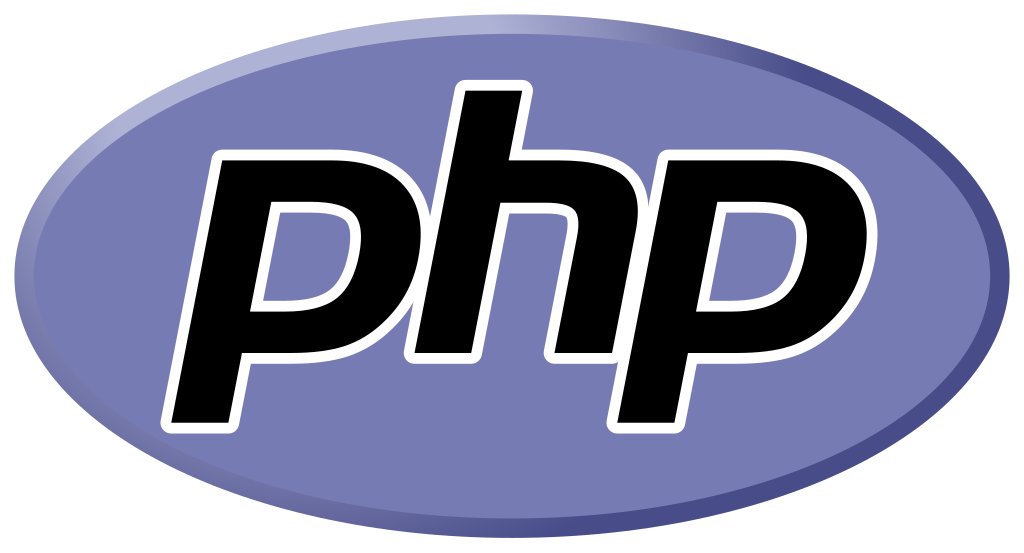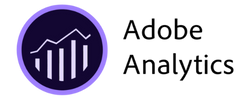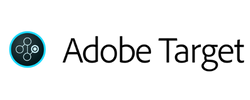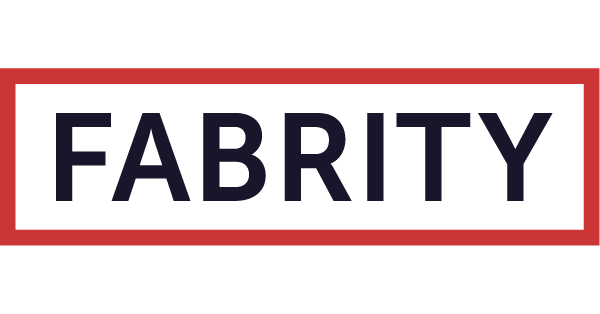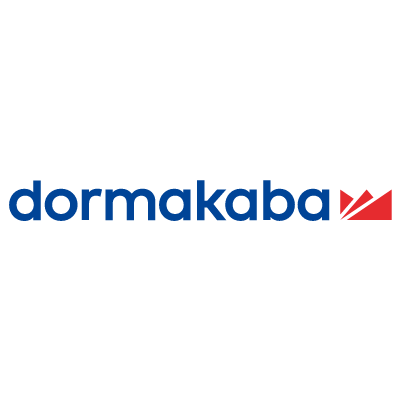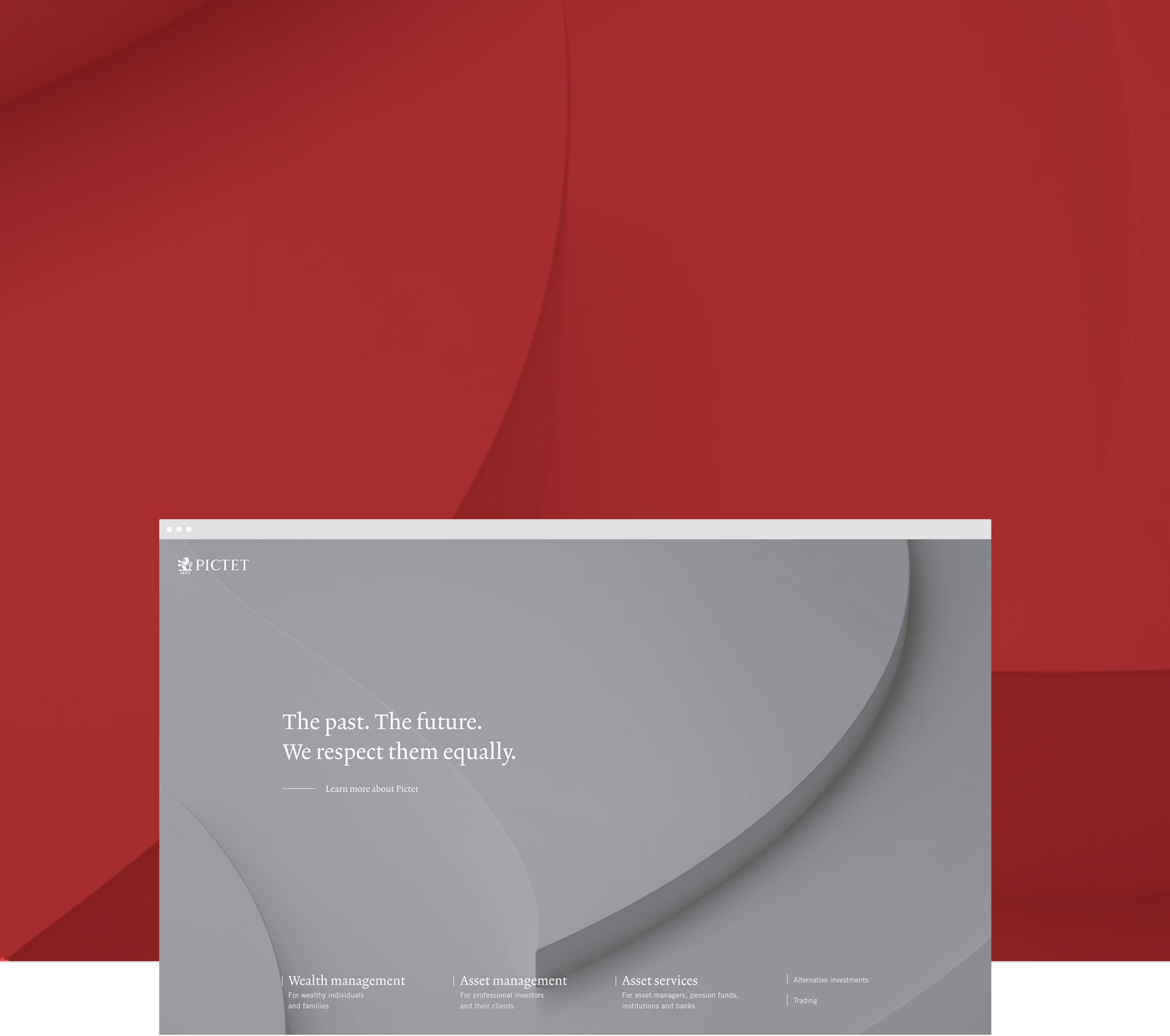
Building a multisite website based on Drupal CMS

We evaluate our cooperation with Fabrity very positively. The Fabrity team excellently planned the entire project and was able to propose effective solutions to various challenges that arose during its execution. We hereby confirm that all work was completed by the Fabrity team on time, within the agreed budget, and with the utmost diligence. Fabrity continues to provide technical support services.

Client
Pictet
- A Swiss international private bank headquartered in Geneva.
- USD 799 billion—value of assets under management (as of December 31, 2024)
- 5,400 employees
Cooperation
since 2017
Industry
financial services
Business goal
- Building a multilingual bank website (5 language versions) with an emphasis on the highest standards of quality and security.
How we helped
We carried out a comprehensive project to create a modern, multilingual website for a bank operating in international markets. The site was prepared in five language versions, with the main goal of ensuring top-quality execution and complete data security in accordance with the strict requirements of financial institutions and Swiss as well as international legal regulations.
The project had a strictly defined deadline that could not be extended, which required excellent coordination between teams located in five different countries. The key to success was establishing efficient communication among all parties and managing the project in short, precisely planned iterations, enabling quick decision-making and maintaining a high pace of work.
When selecting the technology, we focused on flexibility and scalability, which led us to implement a solution based on Drupal CMS. This system allowed us to achieve an optimal balance between quality, security, and the cost of implementation and maintenance. The work was carried out using the Scrum methodology, with a project team consisting of specialists in analytics, UX/UI, front-end, back-end, and DevOps. The team delivered new functionalities in two-week sprints, ensuring full transparency of the process and continuous control over progress.
A key part of the project was creating an environment that allowed efficient multilingual content management while complying with numerous legal restrictions. To achieve this, we developed a Content Segregation module that automates the content approval process and ensures compliance with applicable regulations. Additionally, we designed an advanced editorial workflow with versioning, edit-locking, and publication approval mechanisms, which significantly improved the efficiency of editorial teams.
From a security standpoint, we implemented an environment based on Continuous Delivery, enabling rapid deployment of updates and security patches. The entire system is covered by automated and functional tests, and its operation is continuously monitored by a 24/7 support team. An additional protection layer is provided by an automatic backup mechanism that allows the system to be quickly restored to a stable version in case of failure.
As part of optimization, we implemented a Content Delivery Network (CDN) to ensure fast page loading regardless of user location and used Webpack to improve script processing performance. The website was also integrated with the bank’s internal systems to ensure data accuracy, as well as with an extensive suite of analytical tools—Adobe Analytics, Adobe Target, and Decibel—supporting user behavior analysis and personalization of the online experience.
Business benefits
- Content management was improved—with the implementation of a global Drupal-based platform, it became possible to centrally manage content across multiple markets, shorten publication times, and maintain consistent brand communication.
- Marketing effectiveness was increased—the deployment of advanced analytics tools (Adobe Analytics, Adobe Target, Decibel) enabled content personalization and better alignment of communication with user behavior, resulting in higher engagement and conversion rates.
- Campaign and user communication management was centralized—marketing activities across different countries can now be planned, executed, and analyzed from a single location, improving message consistency and operational efficiency.
- The highest level of security and performance was ensured—the implementation of continuous monitoring, automated testing, and data integration from multiple external sources guaranteed 24/7 system stability and full protection of customer data.
- Flexibility and development speed of the platform were increased—the automation of deployment processes (CI/CD) shortened the time needed to introduce new features, enabling faster responses to business needs and market changes.
Tech stack

